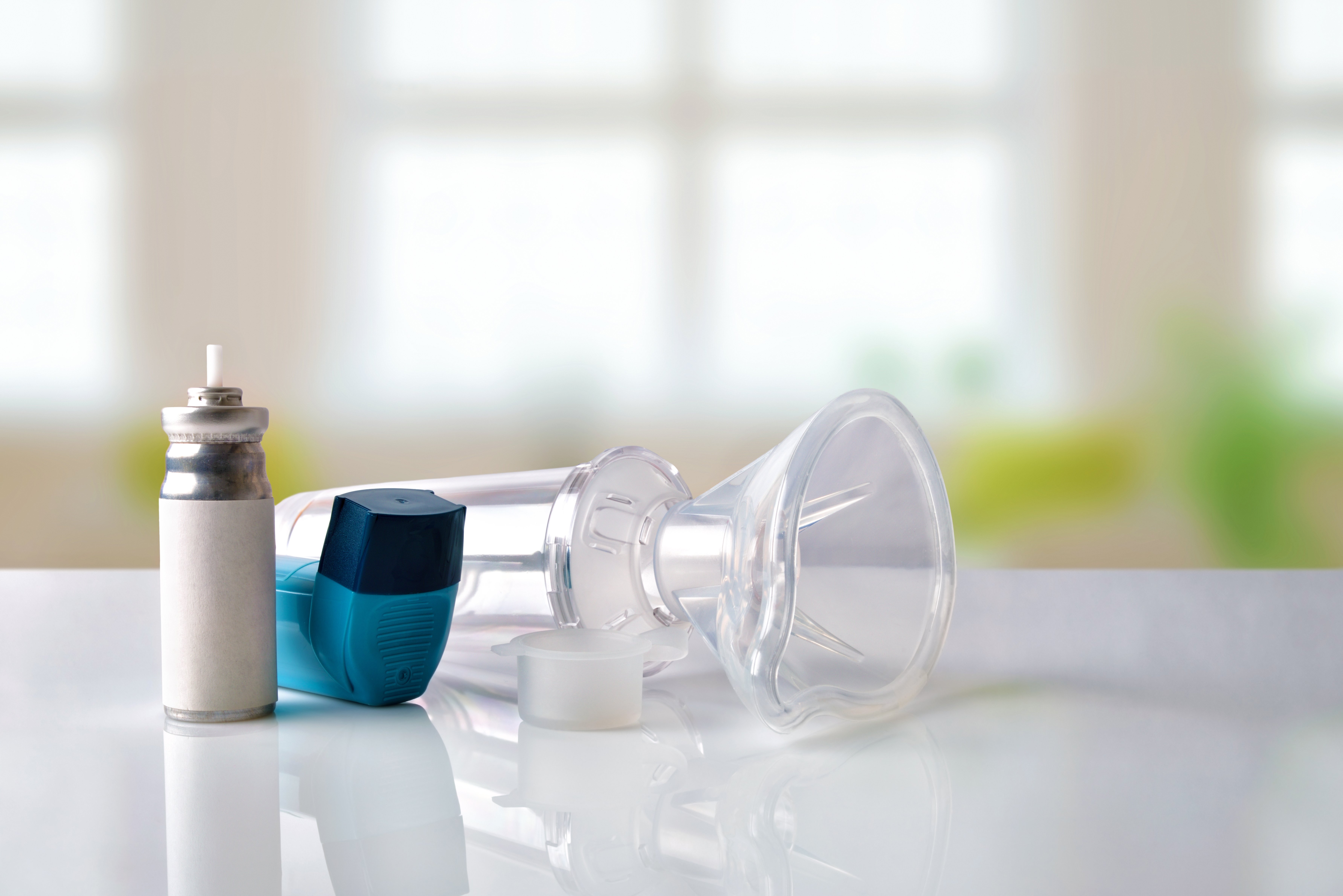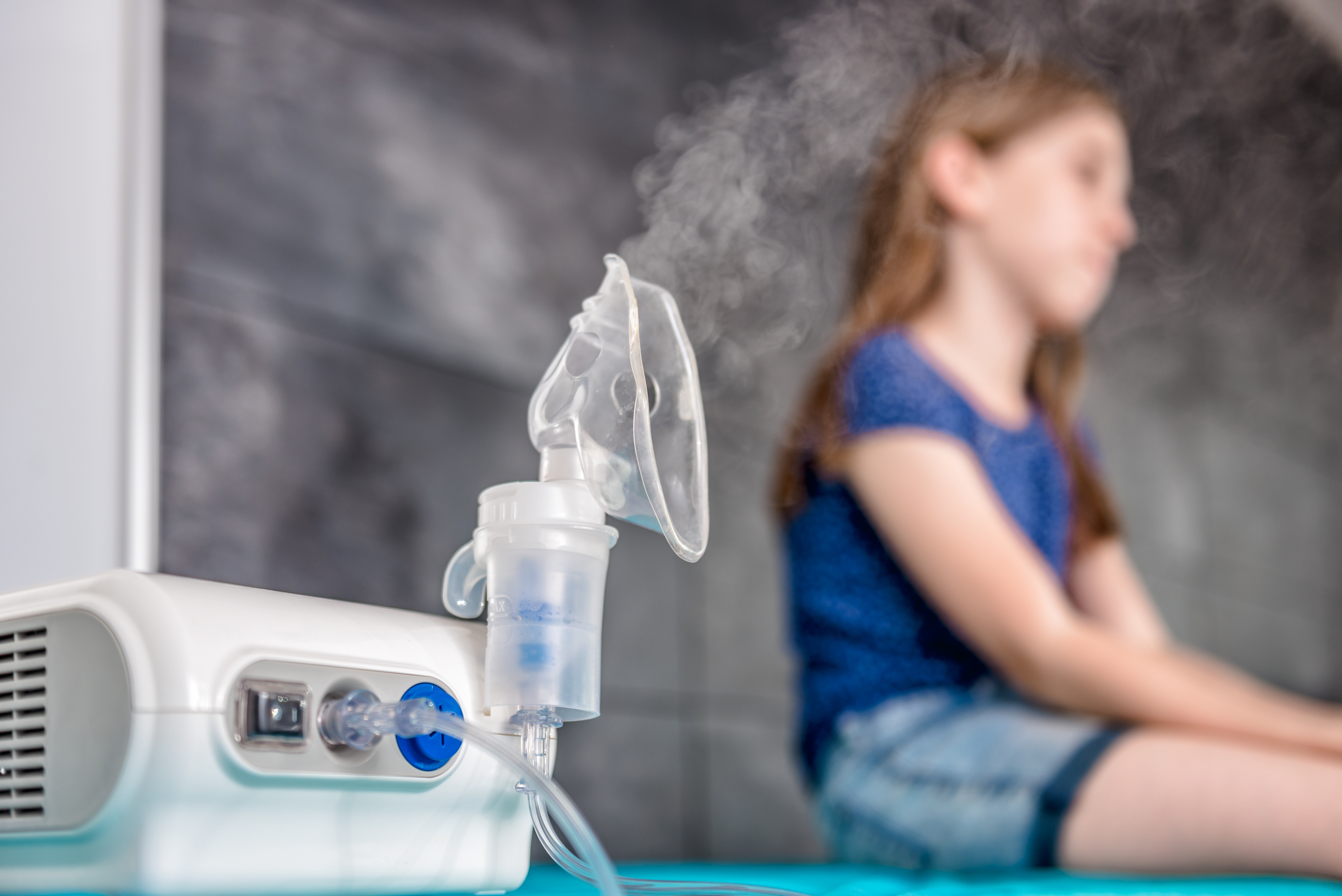
Aerosolized Drug Delivery System
Device Type: Anesthesiology - Therapeutic
Description:
SurfactantSol is a surfactant delivery device employing a proprietary nasal cannula delivery system in conjunction with a programmable interactive mechanism that detects breathing to deliver the drug only at the point of inhalation without interrupting CPAP treatment.
Design Assumptions:
The device is a combination reusable and disposable in one, designed for single patient use by general clinical staff in respiratory care to treat patients suffering from RDS. The reusable portion can be used up to 30 days; 3 days for the disposable portion.
The device will comprise an injection molded clamshell housing for the main controller and a smaller injection molded housing in the area of the delivery ports. The device includes extruded plastic tubing, a user interface screen, a control board power supply, and various pressure and fluid flow monitors and solenoids. A crude prototype has been developed and built for feasibility purposes.
The device is not sterile.
The developer should expect to spend nominally ~$1M on non-recurring engineering (NRE) costs and expenses, including limited production tooling for verification samples. In addition, no less than 22% of that is dedicated toward a proof-of-concept for feasibility evaluation before the start of design for manufacturability.
The device is not exempt from good manufacturing practices, including design controls requiring design traceability documentation to be compliant with regulations. The developer should expect this work to add up to 15-20% to the program's nonrecurring engineering costs.
Regulation and Testing Assumptions:
After an exhaustive review of materials, the most likely scenario for the SurfactantSol would be a Class II De Novo FDA filing. This is primarily because SurfactantSol has features of CPAP and drug delivery in a combined method not currently utilized by any existing approved devices. Regulatory support fees are expected to exceed $150k.
Testing Assumptions:
The device is also subject to several other requirements based on two conditions that increase the difficulty of development and approval. It is a gas pathway device requiring extensive testing associated with chemical compatibility and material leaching testing. It is an electronic device, subject to IEC60601 regulations for electronic medical devices. This does not include software validation or performance testing. Below is a list of the expected ISO standards applicable to this device:
- ISO 18562 Biocompatibility for Breathing Gas Devices
- ISO 10993 CHEMICAL CHARACTERIZATION
- BS EN ISO 5356-1:2015 Anesthetic and Respiratory Equipment – Conical Connectors (TBD)
- BS EN ISO 5367:2014 Anesthetic and Respiratory Equipment – Sets and Connectors (TBD)
- BS EN 13544-2:2002+A1:2009 Respiratory therapy equipment
- BS EN ISO 5367.2014 Section 5.5 Resistance to Flow and Annex F – Measurement of Resistance to Flow
- BS EN ISO 5367:2014 Section 5.4 Leakage and Annex E - Test for leakage
- ISO 80369-7:2016 Small-bore connectors for liquids and gases in healthcare applications
- ISO 80369-7:2016 Small-bore connectors for liquids and gases in healthcare applications
- ANSI AAMI ES 60601-1:2005/(R)2012 and A1:2012, C1:2009/(R)2012 and A2:2010/(R)2012 (Consolidated Edition)
- ANSI-AAMI-IEC 62366-1_2015_USABILITY ENGINEERING
- IEC 62304:2006 MEDICAL DEVICE SOFTWARE
- ISO 14971:2019 RISK MANAGEMENT
- ASTM D4169-16:2016 Standard Practice for Performance Testing of Shipping Containers and Systems
- EN 1041:2008 Information supplied by the manufacturer of medical devices.
- ISO 15223-1:2016 MEDICAL DEVICE Symbols to be used with medical device labels, LABELING, and information to be supplied -- Part 1: General requirements.
Lastly, real-world clinical data is likely required because the device may fall under the De Novo pathway. Clinical trials are not estimated in this report. However, clinical trials can easily cost over $5k per patient per day. It is recommended that a regulatory expert be consulted as soon as possible, who will likely recommend filing a pre-submission and requesting guidance from the FDA.
The developer should prepare to spend over ~$550k on the above testing for this device to show device safety per FDA-recognized standards. Testing for Class II De Novo devices is not optional. However, a pre-submission may be submitted to the FDA, leading to a meeting to discuss the required tests.
Ease of Manufacturing:
The device does not employ any area of manufacturing technology that is not well established. However, the device represents a complex set of functionalities working seamlessly together to provide a specific outcome. The manufacturing assembly process will have to be well-detailed and traceable.
Custom Reports include detailed visual and interactive tools:
Feasibility Score: The Feasibility Score, or Zewski Score, is a number between 1-100 that identifies how difficult of a program your project is to initiate and maintain a plan and budget for relative to other projects on the scale. The higher the risk of the project, the lower the score. Average Class II projects fall between 40 and 60. Projects above 75 are generally straightforward. Those below 25 are complex and extremely high risk.
Compliance Score: Similar to the Feasibility Score, the Compliance Score runs between 1 and 100. However, this score only looks at the difficulty of the FDA approval process. Its values focus more on patient risk and testing challenges than business feasibility. Your Compliance Score may differ depending on the overall project details. For example, a project with a small market but little risk will have a lower Feasibility Score than Compliance Score.
Indications Assessment: Detailed breakdown of the typical indications for product code BZE and the impact on risk, cost, and time related to the development and delivery of this project.
Milestone Data: Breaking the project into approximately 50 activities over 5 phases helps identify the most critical items that will impact time and cost on a macro level. Depending on the project's complexity, fewer or more items may be involved.
Manufacturing Study: Expert assessment of the technology needed to bring your product idea to fruition. Through research and experience, we will lay out a likely path from your product's production methods and the fields of expertise needed to make it happen.
Financial Assessment: Includes cost scenarios based on the manufacturing process and location, with the necessary quality level for each aspect of your project. It will also look at low- and high-volume scenarios plus any needed labor and automation to assess possible cost efficiencies.

.png?width=4200&height=441&name=Zewski_Report%20Logo%20(Shirts).png)


